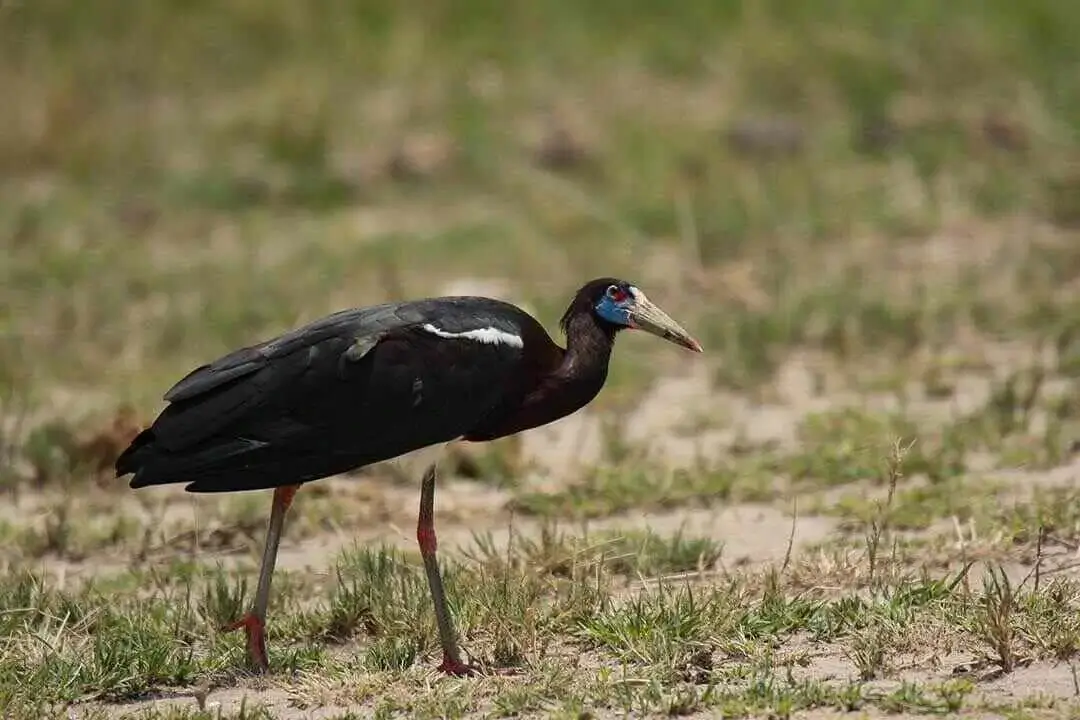
BIRDING IN
Khaudum National Park

BIRDING IN
Khaudum National Park

BIRDING IN
Khaudum National Park

BIRDING IN
Khaudum National Park
Khaudum National Park is located in the far northeastern region of Namibia along the Caprivi Strip. The park sits atop Botswana and below Angola and is on the western side just outside the strip. The park covers an extensive area of 1,483.4 square miles. Khaudum is an isolated Nature Reserve situated in the Kalahari Desert at the west of the Caprivi Strip in northeast of Namibia. It is a very remote and inaccessible reserve but is home to some magnificent animals, such as the lion and hyena.
The park also has a campsite for visitors. Khaudum offers great birdwatching opportunities. It has over 300 species recorded and is a magnet for summer migrants, such as Abdim's stork, African golden oriole, yellow-billed kite, steppe and lesser spotted eagle. The migratory birds are present from November to April. Although Khaudum offers great birdlife it is a challenging area to both get to and explore. You need to be well kitted out for a trip here and have some wilderness experience in the African bush.
The park is comprised of short dry forest and dry acacia trees which are thicker along the riverine areas. The forest around the three dry rivers is characteristic of Kalahari forests. These areas are also thicker with thorn bushes. The riverbeds are often characterized by peaty-bog thick with reeds and in some cases water lilies. The Khaudum, which can only be attempted in 4x4 vehicles, is known as one of few remaining parks in Africa where the bush wilderness has not been disturbed by human intervention. Elephant, lion and hyena still rule there. The park is unfenced, enabling the animals to follow their natural migration routes. The three largest dry rivers known as Omuramba; Nhoma, Cwiba, and Khaudum run through the wildlife park. They play an important ecological role when they run during the rainy season.
During the months between November and March, there are over 320 species of birds nesting and migrating through the park area. Amongst these, there are over 50 predator species of birds making this an exciting place to visit for bird lovers. Parrots are a hopeful sighting during this time as well. Species occurring in the area include Bradfield's Hornbill, Cinnamon-breasted Tit, Black-faced Babbler, Sharp-tailed Starling, and Yellow-throated Sandgrouse. The area has a particularly high diversity of raptors. Noteworthy residents include Dickinson's Kestrel, Western Banded Snake Eagle, Bateleur Eagle, Red-necked Falcon, Martial Eagle.
Summer visitors include Steppe Eagle, Lesser-spotted Eagle, Western Red-footed Kestrel.Birding Specials for keen birders include; Abdim's stork, African crake, African golden oriole, Bradfield's hornbill, Coppery-tailed coucal, Dickinson's kestrel, Dwarf bittern, Lesser spotted eagle, Meyer's parrot, Montagu's harrier, Pallid harrier, Pygmy falcon, Red-footed falcon, Red-necked falcon, Senegal coucal, Western banded snake eagle.
As there are no shops/service stations you have to carry all fuel and supplies for the duration of your safari.
Our Experts are ready to provide answers
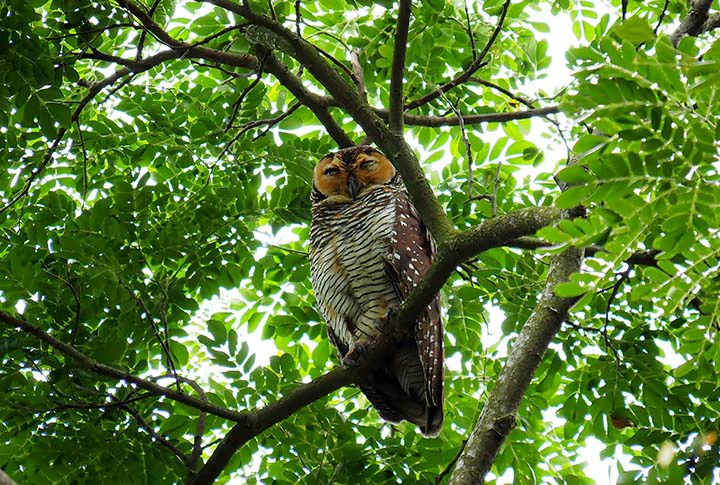
Birds include Wattled Crane, African Skimmer, Western- banded Snake Eagle, Wood Owl, Pel's Fishing Owl, Narina Trogon, Cape Parrot, and both Red-billed and Yellow-billed Oxpeckers.
Read More
Birding Specials for Avid Birders include; African hobby, African pygmy goose, Bat hawk, Bearded scrub robin, Bradfield's hornbill, Brown firefinch, Chirping cisticola, Collared palm-thrush, Coppery-tailed coucal, Green-backed honeyguide, Hartlaub's babbler, Lesser jacana, Little bittern,
Read More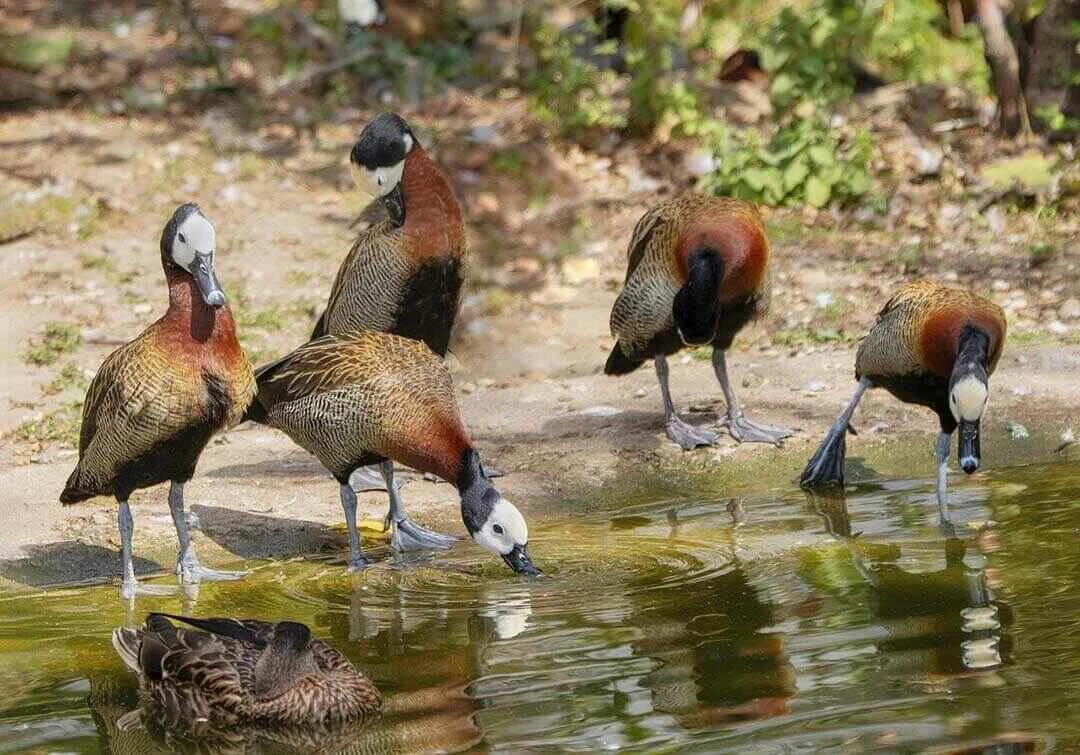
Daan Viljoen delivers brilliant dry country birding and could yield some very special species. This includes Monteiro's Hornbill, Verreaux's Eagle, Rockrunner, Carp's Tit, Short-toed Rock Thrush, Orange River Francolin,
Read More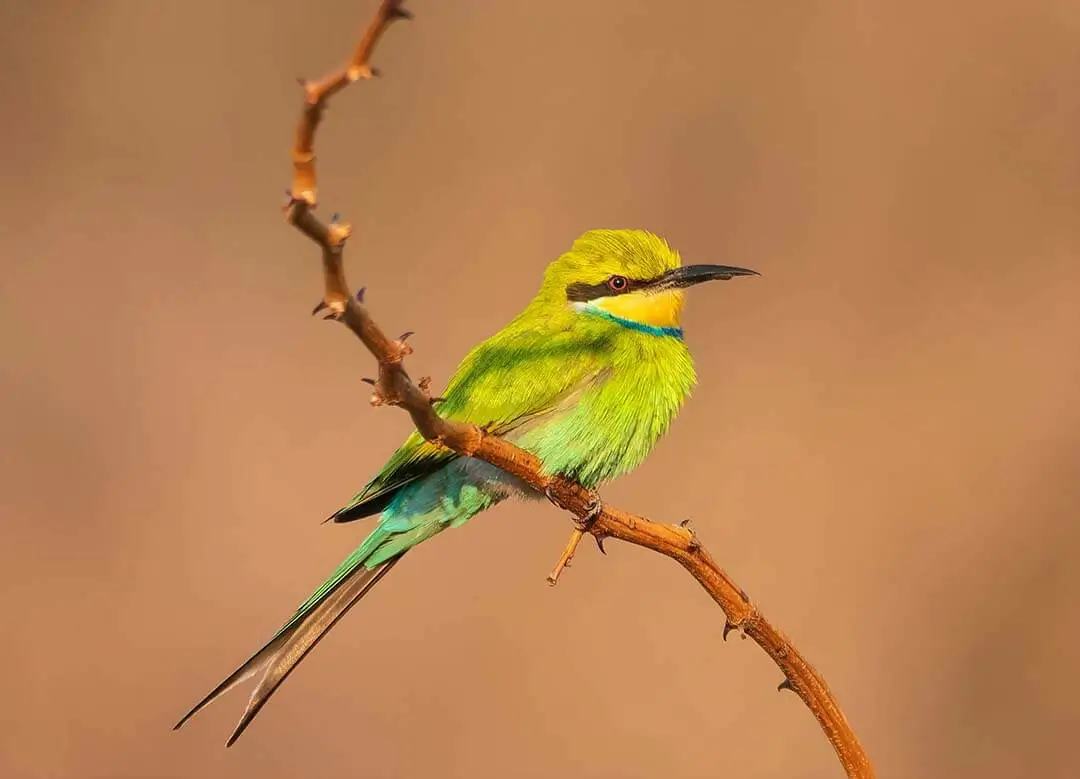
This is one of the best places to see the francolin, which can be very difficult to see and is generally found only early in the morning. The road leads to a National Monument where ancient rock art can be viewed.
Read More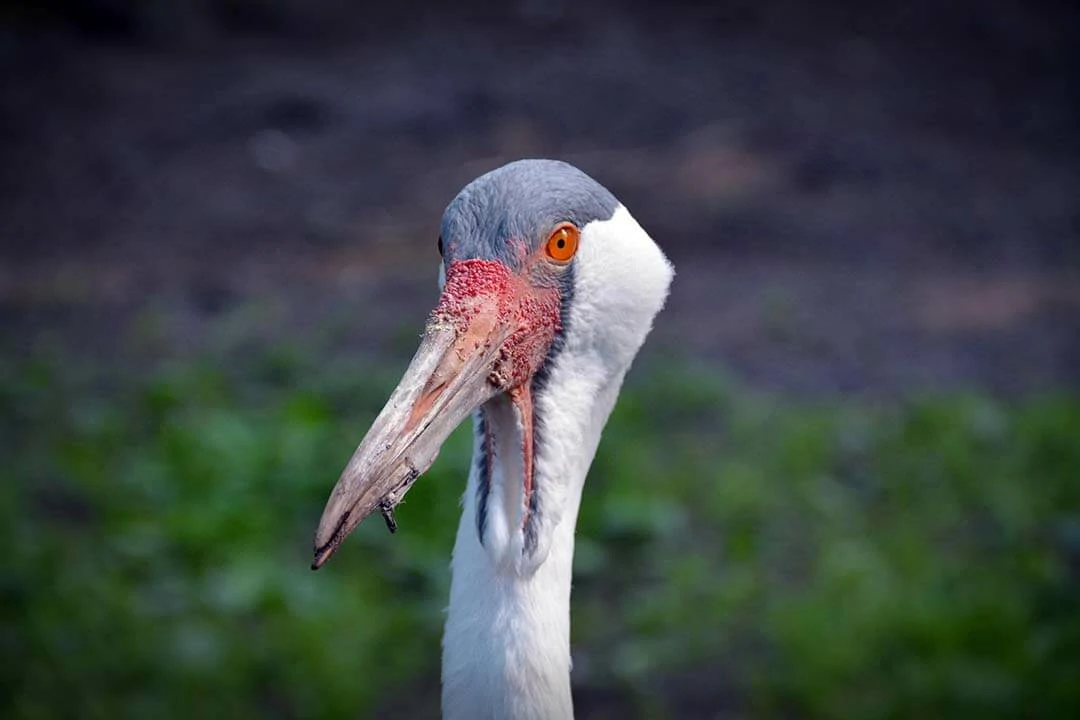
Etosha is home to 340 bird species, about a third of which are migratory. The avian residents of the park make up an eclectic mix that ranges from flamingos to the colourful lilac-breasted roller and eagles soaring high above.
Read More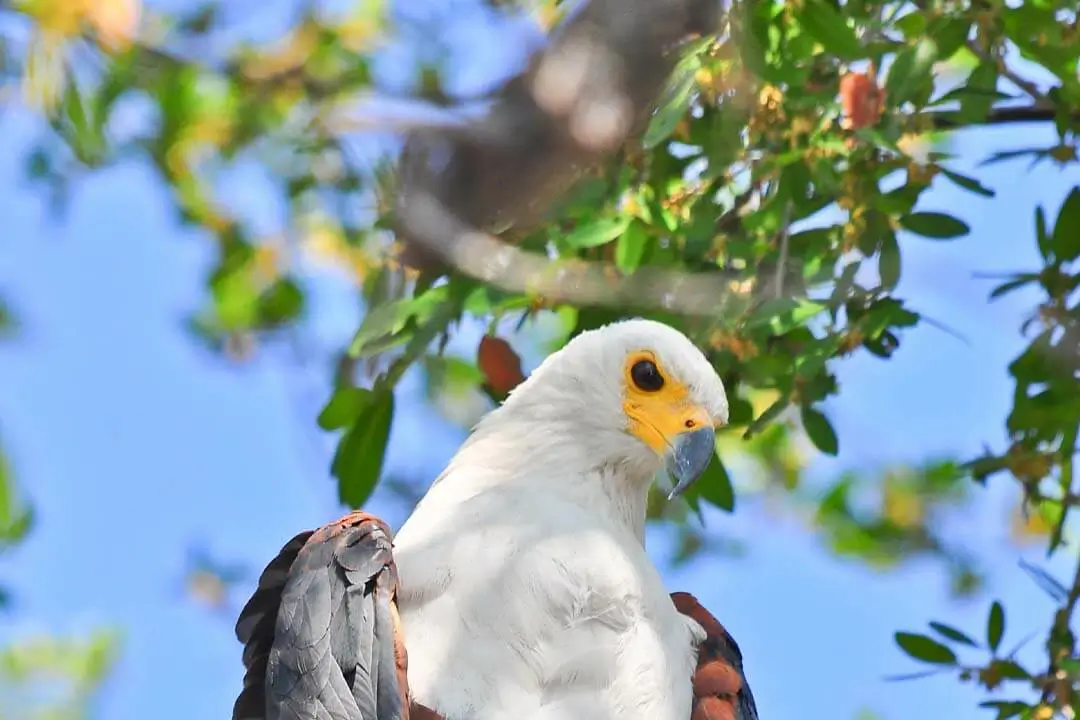
The 284 bird species recorded here include the Great White Pelican, Yellow Billed Stork, Osprey, Bradfield's Swift and Stark's Lark, Ostrich, White Pelican, Reed Cormorant, Darter, Goliath and Purple Heron, Little and Dwarf Bittern,
Read More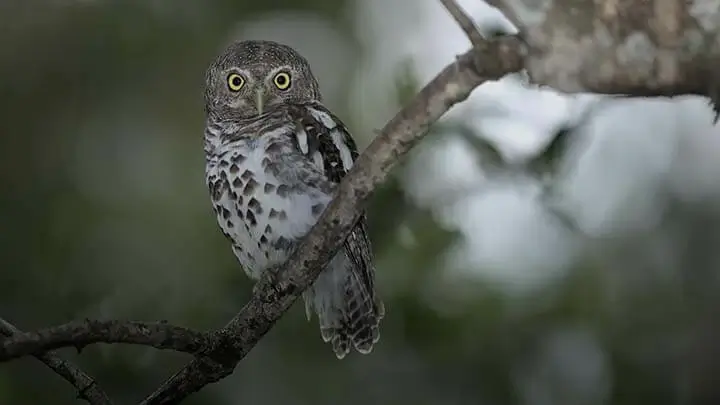
A combination of floodplain, open grassland, mopane and riverine woodland as well as papyrus-lined waterways make this a bird watching paradise. Birds such as Pel's Fishing Owl, Rock Pratincole, African Finfoot, White-backed Night Heron, Brown Firefinch, Coppery Sunbird, Chirping Cisticola, Redfaced Cisticola, Coppery-tailed Coucal are easily found and regularly seen.
Read More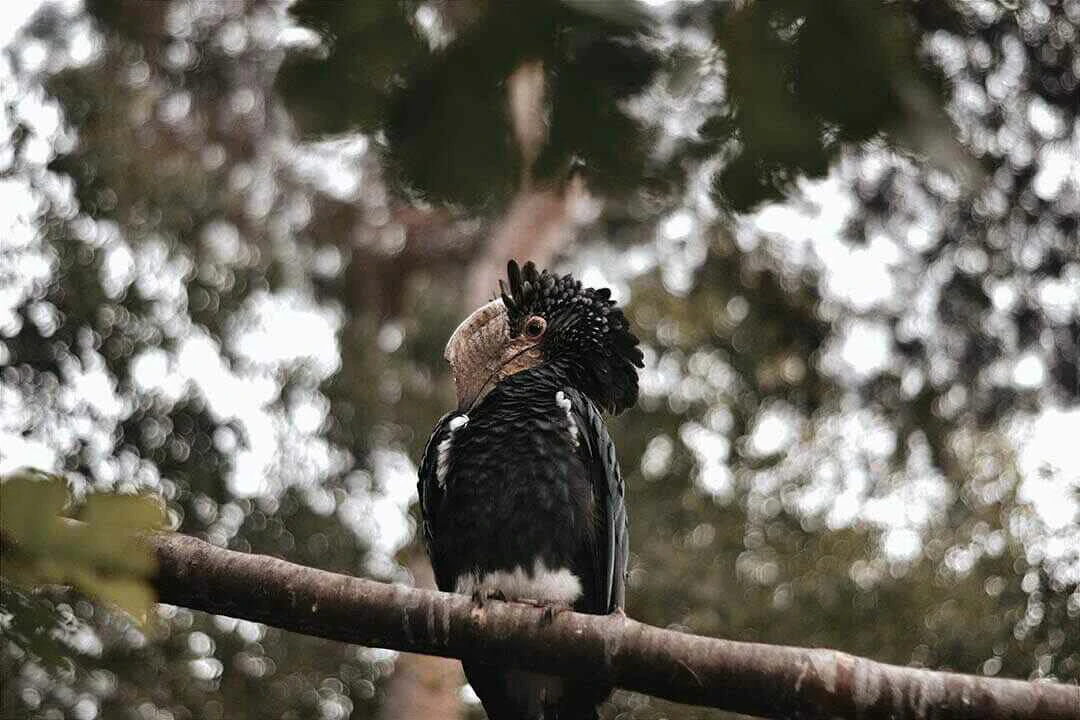
Birding in and around Katima Mulilo town offers plenty of sightings, amongst many others: African finfoots, African skimmers, African fish eagles and, if you are lucky, bat hawks on the River Zambezi.
Read More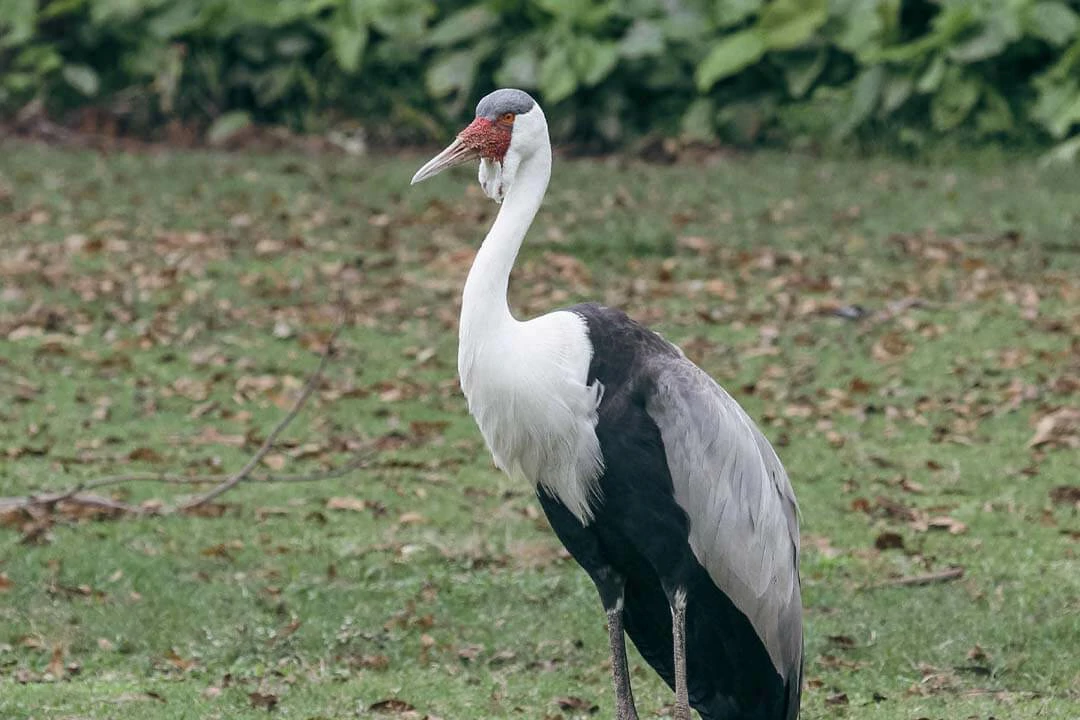
The birding is splendid, with threatened species such as Slaty Egret, Wattled Crane, and Black-winged Pratincole possible.
Read More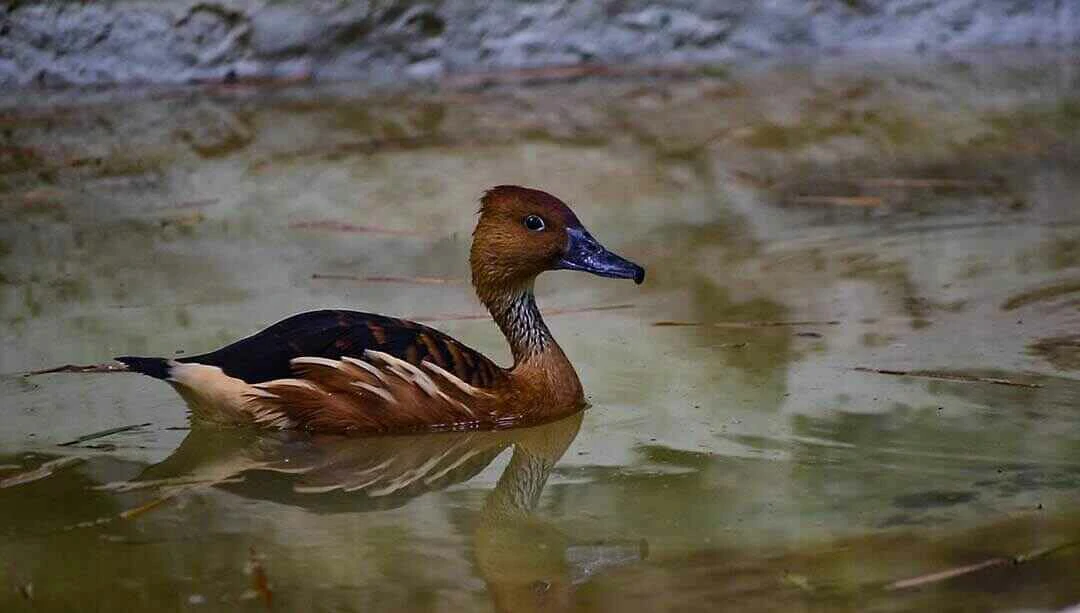
An amazing 430 species of birds have been recorded, which is nearly 70% of Namibia's total, and much game including the rare sitatunga and red lechwe as well as buffalo, elephant, zebra, antelopes, hippo, and crocodiles.
Read More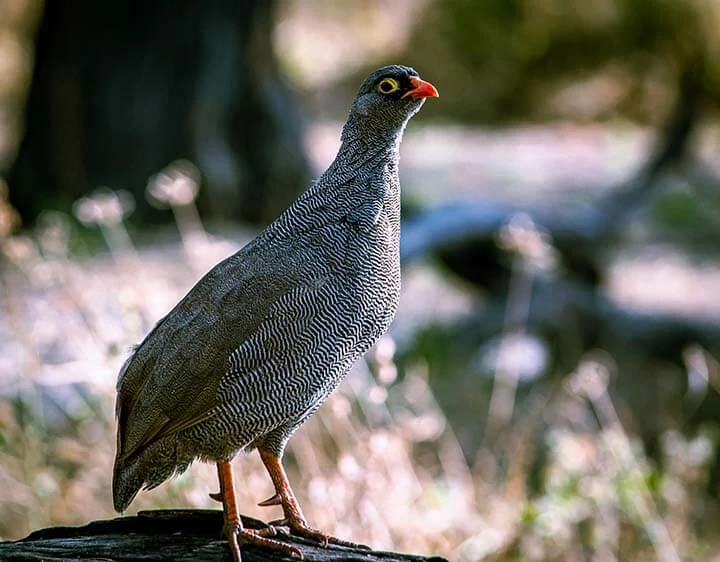
A place to pick up unique birds like Lapped-faced Vulture, Bateleur, Tawny Eagle, Meyer's Parrot, and Striped Kingfisher are among the birdlife vibrant in this region.
Read More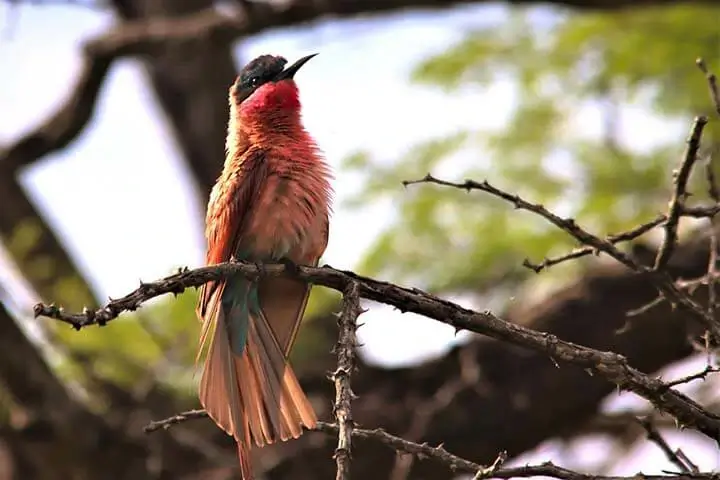
Birding Specials for Avid Birders include; African pygmy goose, Bradfield's hornbill, Bearded scrub robin, Brown firefinch, Collared palm-thrush, Lesser jacana, Grey-backed cisticola, Coppery-tailed coucal,
Read More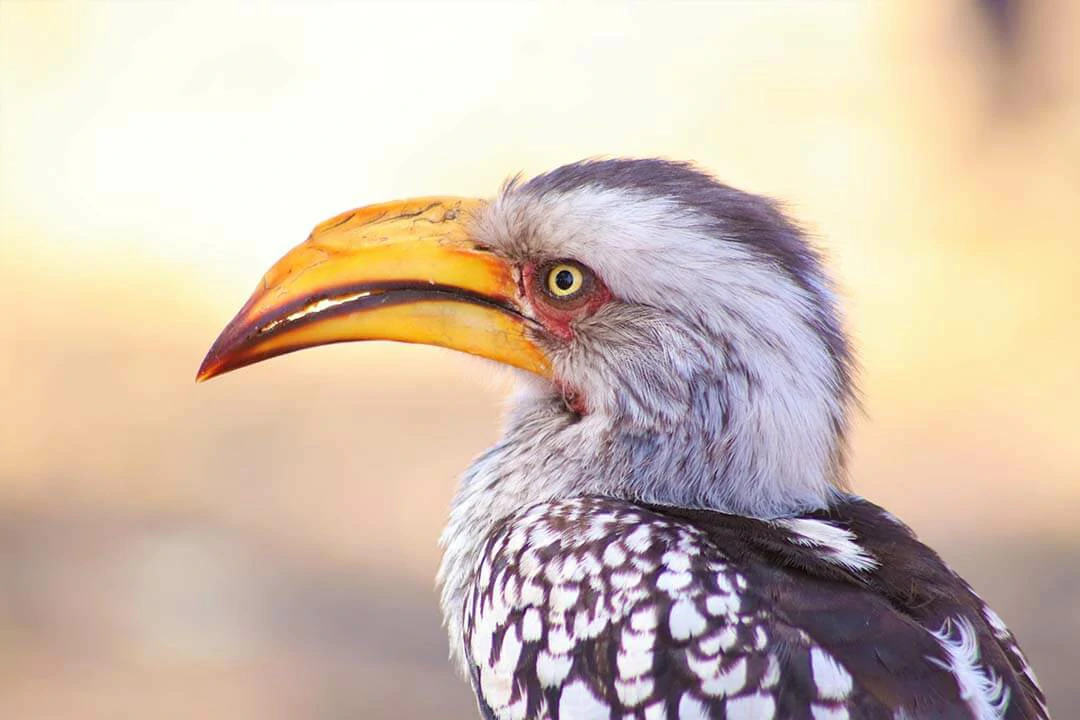
At Okonjima you will see the Africat Foundation at work, learn more about leopard and cheetah, and have excellent photographic opportunities. This is also a very good birding spot.
Read More